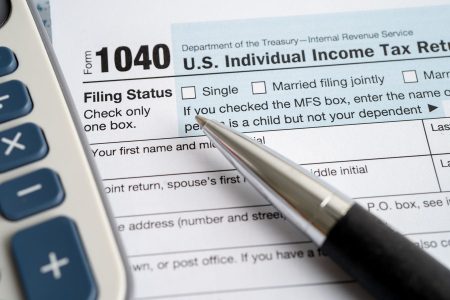The Biden administration has set a deadline of April 30 for student loan borrowers to request consolidation of their federal student loans in order to benefit from the U.S. Department of Education’s overhaul of income-driven repayment plans. This consolidation could help borrowers qualify for student loan forgiveness, which has already led to debt cancelation for over 930,000 people and $45 billion in relief. By consolidating their loans into one larger loan, borrowers with multiple federal student loans can streamline their repayment process and potentially qualify for debt forgiveness sooner.
Income-driven repayment plans set borrowers’ monthly payments based on their discretionary income, potentially resulting in lower payments compared to standard repayment plans. Borrowers can have any remaining debt forgiven after 10, 20, or 25 years, depending on the plan. However, borrowers with multiple loans taken out at different times may have separate timelines to forgiveness for each loan. The opportunity to consolidate loans temporarily offered by the Biden administration allows borrowers to combine their loans and potentially qualify for forgiveness on all loans based on the original repayment timeline of the oldest loan in the consolidated bundle.
All federal student loans, including Federal Family Education Loans, Parent Plus loans, and Perkins Loans, are eligible for consolidation. Borrowers can apply for a Direct Consolidation Loan through StudentAid.gov or their loan servicer. The application deadline is April 30, and even if the processing of the application takes longer, borrowers should still be eligible for the consolidation opportunity. Consolidating loans should not increase monthly payments under an income-driven repayment plan, as payments are based on earnings rather than total debt. The new interest rate after consolidation will be a weighted average of the rates across all loans.
It is recommended for borrowers to obtain a complete payment history for each loan before consolidating to ensure they receive the full credit they are entitled to. Payment history counts when loans first enter repayment, not when they were borrowed. Borrowers can obtain their payment history at StudentAid.gov or by contacting their loan servicer. If borrowers believe there is an issue with their payment count, they can discuss it with their servicer or file a complaint with the Department of Education’s Federal Student Aid unit. This process can help ensure that borrowers are accurately credited for their loan payments and progress towards forgiveness.
Consolidating student loans can be a beneficial move for borrowers looking to streamline their repayment process and potentially qualify for debt forgiveness sooner, especially under the current opportunity offered by the Biden administration until April 30. By combining multiple federal student loans into one larger loan, borrowers can simplify their repayment process and potentially accelerate their journey towards debt forgiveness. It is important for borrowers to understand the eligibility requirements, application process, and potential benefits and considerations of consolidating their student loans before making a decision.













